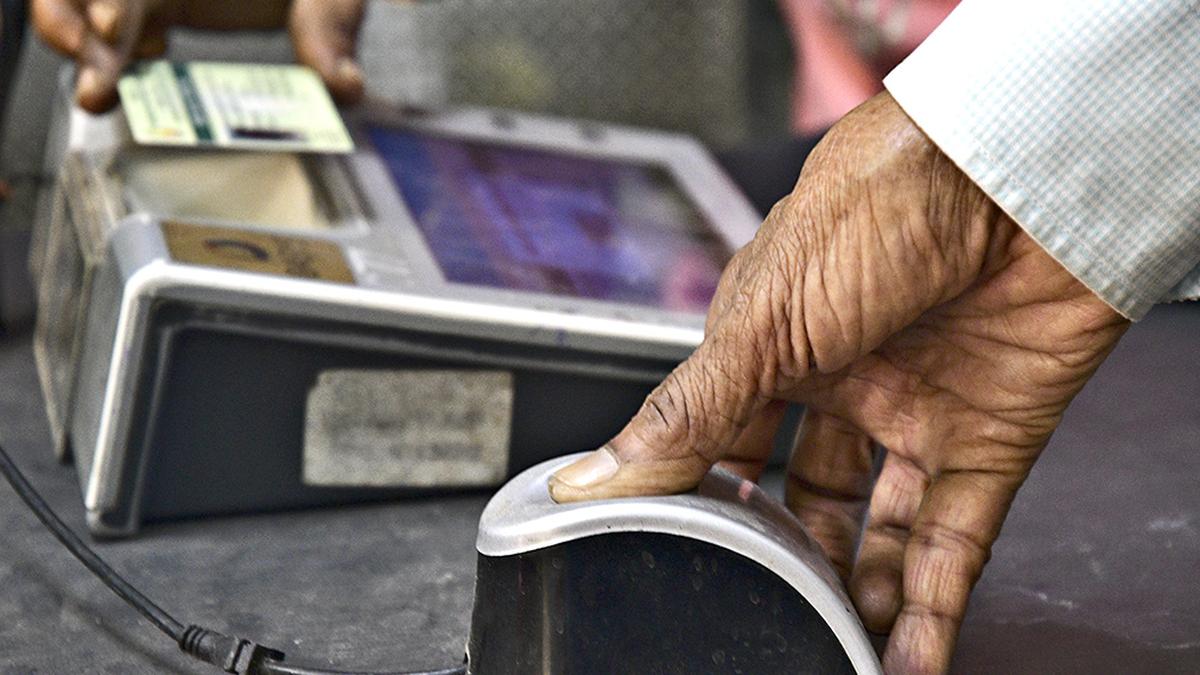Description
Context: The golden period for APMC markets lasted till around 1991.
- From the 1960s, there have been concerted efforts to bring all wholesale markets for agricultural produce in various states under the Agriculture Produce Market Regulation (APMC) acts.
- All states, except Kerala, Jammu and Kashmir and Manipur, enacted such laws.
- The APMC Acts mandated that the sale/purchase of agricultural commodities is carried out in a specified market area, and, producer-sellers or traders pay the requisite market fee, user charges, levies and commissions for the commission agents (arhatias).
- These charges were levied irrespective of whether the sale took place inside APMC premises or outside it and the charges varied widely across states and commodities.
- In the initial years, APMC acts helped remove malpractices and freed the farmers from the exploitative power of middlemen and mercantile capital.
Golden period of APMC
- The golden period for APMC markets lasted till around 1991.
- With time, there was a palpable loss in growth in market facilities and by 2006, it had declined to less than one-fourth of the growth in crop output after which there was no further growth.
- This increased the woes of Indian farmers as market facilities did not keep pace with the increase in output and regulation did not allow farmers to sell outside APMC markets.
- The farmers were left with no choice but to seek the help of middlemen.
- Due to poor market infrastructure, more produce is sold outside markets than in APMC mandis.
- The net result was a system of interlocked transactions that robs farmers of their choice to decide to whom and where to sell, subjecting them to exploitation by middlemen.
- Over time, APMC markets have been turned from infrastructure services to a source of revenue generation.
- In several states, commission charges were increased without any improvement in the services. And to avoid any protests from farmers against these high charges, most of these were required to be paid by buyers like the FCI.
- In Haryana and Punjab, mandi fees and rural development charges for wheat and non-basmati rice purchased by FCI are four to six times the charges for basmati rice purchased by private players.
- This not only results in a heavy burden on the Centre but also increases the logistics cost for domestic produce and reduces trade competitiveness.
- “These drawbacks were recognised by experts and stakeholders and pressure started mounting for changes in market regulations.
- Successive governments at the Centre made repeated attempts to persuade the states to make appropriate changes in their APMC acts.
- The FPTC Act gives farmers the freedom to sell and buy farm produce at any place in the country — in APMC markets or outside the mandated area — to any trader, like sale of milk.
- The Act also allows transactions on electronic platforms to promote e-commerce in agriculture trade.
https://indianexpress.com/article/explained/explained-ideas-how-apmc-markets-went-from-being-a-solution-to-a-problem-6864862/
Array
(
[0] => daily-current-affairs/ideas-explained-how-apmc-markets-went-from-being-a-solution-to-a-problem
[1] => ideas-explained-how-apmc-markets-went-from-being-a-solution-to-a-problem
)






